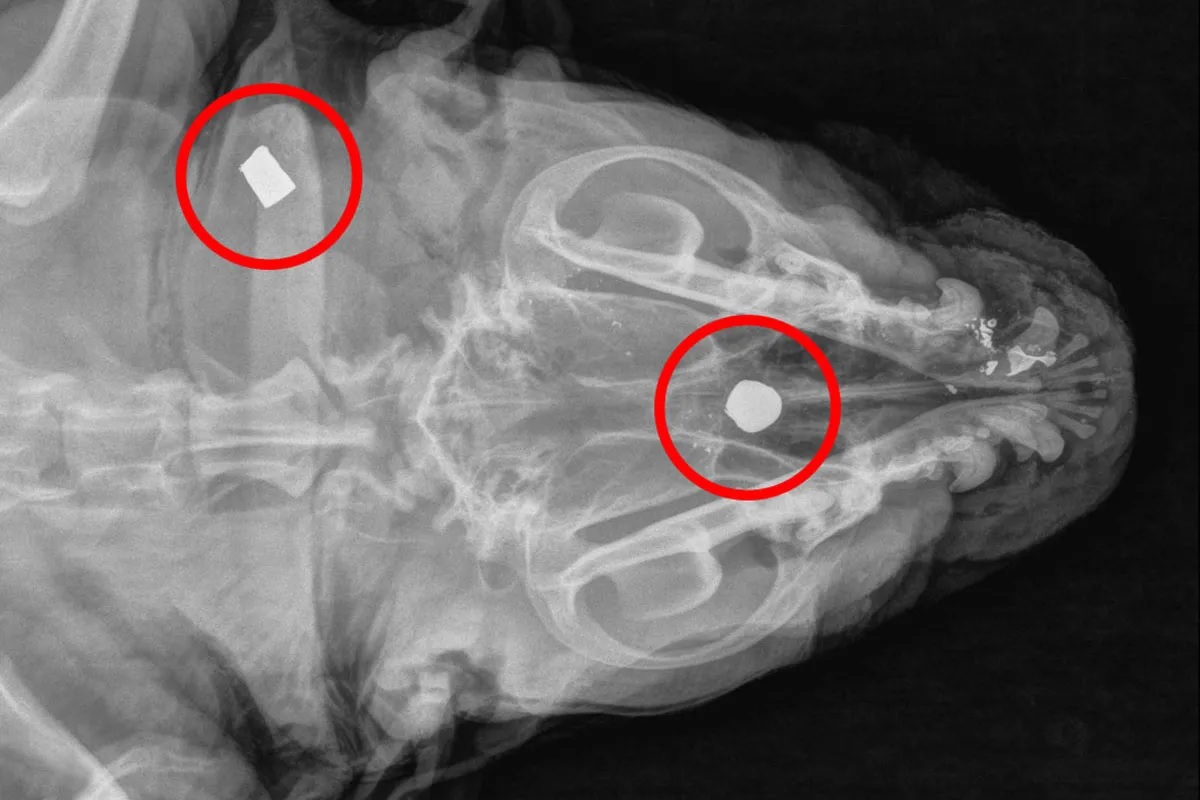Veterinary forensic necropsies
look through an aspect of forensic traumatology
DOI:
https://doi.org/10.24070/bjvp.1983-0246.v14i1p9-17Keywords:
forensic pathology, vulnerable energy, animal abuse, forensic scienceAbstract
Forensic veterinary pathology is essential to identify the cause of death of animals with suspicion of abuse, neglect,
exogenous intoxication, medical errors, if the lesions were accidental or ante-mortem or in cases where the animal’s identity is
needed. It involves several areas that can be used to determine the cause of death in animals, such as traumatology, entomology
and toxicology. This work aims to determine the main lesions found in judicial necropsies of animals from the metropolitan
region of Belém, qualifying the most prevalent lesions according to the classification in forensic traumatology. The necropsy
was performed according to the animal species and using the method of Ghon. The animals were grouping by specie, sex,
race and age and it was made a segmentation by vulnerable energy. 33 judicial necropsies (9.06%) were performed between
January 2018 and December 2019, including 22 canines (66.7%), seven felines (21.2%), two farm animals (6.1%) and two
wild animals (6.1%). Regarding the sex of the animals, in general, 51.51% were males and 45.45% were females. Young dogs
and cats represented the highest percentage of cases. Mixed breed dogs were the most prevalent, with 31.8%. In all species, the
most prevalent energy was chemical energy, totalling 18 cases. Second, with six cases, mechanical trauma with only canines
and felines, in which, only in three were evident the blunt injury. In only one case, the suspicion was of biodynamic energy,
with suggestive findings. In conclusion, the forensic necropsy associated with the animal’s history is capable of providing
relevant information which assists the pathologist in the search for injuries, its identification and interpretation.


